|
Positive Reinforcement
|
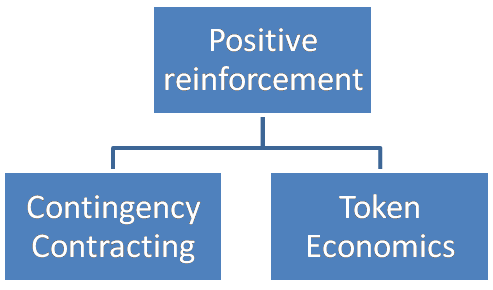 |
Positive reinforcement occurs when a behaviour is gratified by a rewarding stimulus.
As a result, the occurrence of the rewarded behaviour increases.
|
Four conditions :
- A desirable behaviour is displayed.
- The reinforcer is temporally contiguous to the behaviour.
- The reinforcer is contingent on the behaviour.
- The reinforcer is a desirable consequence.
|
To illustrate :
- Child completing homework.
- Praise is given immediately as child has completed homework (So that the praise can be assosiated with homework.
- Praise is given only after homework is completed (No sooner or for undesired behaviours).
- Child feels good from praise (Atrributes praise as personally meaningful).
|
|
Things to remember!
|
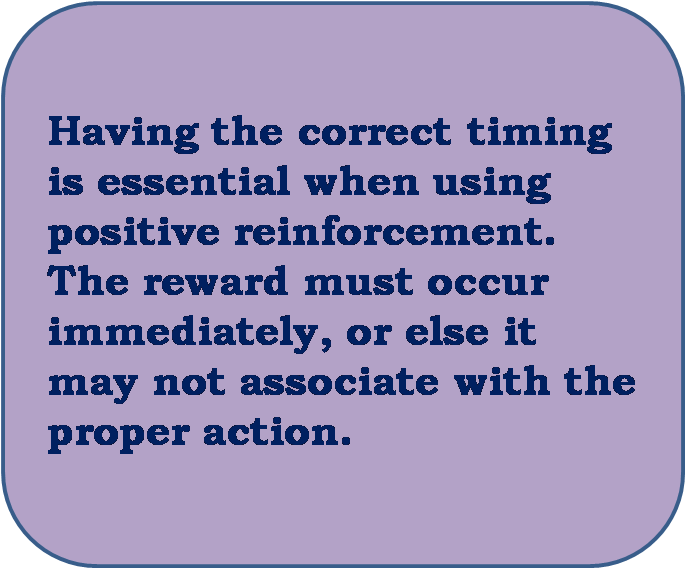 |
 |
Examples:
- Employees finishing projects to receive praise or promotions.
- Eating delicious fruits that a tree bares after tending to it with patience and tender loving care.
- Catching a huge fish after waiting patiently waiting for 3 hours.
- A child being allowed to play computer games after completing homework
|
|
How is positive reinforcement used?
- To learn behaviours that are necessary to be successful academically and socially.
Example: A student's behaviour goal may be to increase the amount of time he stays on-task in class. Positive reinforcers would be used as a reward for improving over a period of time.
- Includes any actions, consequences, or rewards that provides and causes an increase in the desired behaviour. It may include rewards and privileges that individual’s like and enjoy.
Example: A student may earn physical rewards such as school supplies, healthy snacks, or a choice of free-time activities after finishing homework on time.
- To increase an individual’s targeted behaviour. Positive reinforcers are similar to rewards, but remember, positive reinforcement is not a reward if it is not valued by the learner.
If it is personally valued by the individual, it can be used to increase desired behaviours over time. Reinforcers are not just a one-time reward for good behaviour.
|
| Engage yourself! Can you identify other behaviours that are positively reinforced in your life?
Back to top
|
|
|
Contingency Contracting
|
Contingency contracting is a method that consists of making a written or verbal contract between two parties. One party agrees to behave in a mutually acceptable way while another party agrees to provide a corresponding, mutually acceptable incentive.
In the education setting, it usually represents a student and teacher. The contract is about the student agreeing to perform certain desired behaviours in exchange for the teacher to behave in a certain way in return.
After the student behaves as the agreed (being hardworking or non-distracting or cooperative with others, and etc), the teacher will award some positive reinforcement such as: verbal reward, tokens, provide good grade, extra times to have fun.
The contingency contracts helps to motivate students and help them achieve certain academic goals, as well as also help promote self monitoring to assess their own performance.
|
Other examples:
- A teenager completes all his chores, homework, and babysits his baby sister for a week (which he usually doesnt do), in exchange for the usage of his father's car for one day.
- Darren's dad promises to give Darren RM500 for cleaning up his room which has not been cleaned for over a month. The money incentive motivates Darren to clean his room. Darren will start cleaning his room with money as his incentive.
- Unsaid social skills. Being polite unto others, with the incentive that others will be polite to us in return.
|
 |
|
| Have you ever...? ...Agreed to wash the dishes, in exchange for extra time playing games?
Back to top
|
|
|
Token Economics
|
Token economics is a system of behavior modification through positive reinforcement derived from the principals of operant conditioning
.
A system where something, a token, represents a unit of value that can be exchanged for an item or service equal to the value of tokens exchanged. Really if you think about it, it's basically any non bartering economy as pieces of paper and coins are simply the tokens we use.
|
Examples:
- In a hotel: To promote environmental consciousness, the hotel staff places a rubber seed (a token) into a cup in a patrons room whenever they opt not to change their bedsheets and towels. After collecting 3 rubber seeds, the hotel exchanges them for complimentary food and drinks
- In a classroom: A teacher allows hers students to colour in a box in a sheet of colouring paper that is filled in with many boxes whenever they score an A in an exercise. Once all the boxes in the paper have been coloured in, the students can exchange them for sweets, presents and etc.
|
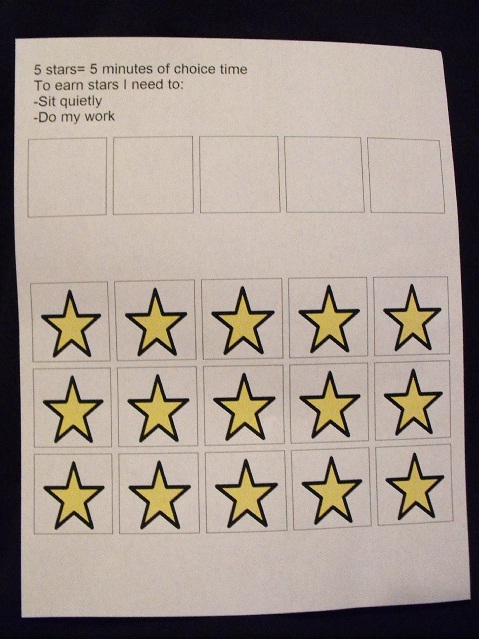 |
|
| Think about it..
Based on the principle and example above, do you think shops use this to draw in customer loyalty? Back to top
|
|
|
Negative Reinforcement
|
Negative reinforcement occurs when an unwanted stimulus is removed to increase a desired behaviour. In other words, it is the removal of an aversive consequence when a desirable behaviour is displayed.
Negative in this sense does not mean "bad" but the removal.
The basic flow of negative reinforcement works like this:
|

|
To illustrate:
- A traffic jam = Unwanted Stimulus and unpleasant feeling
- Leaving the office early = removal of a traffic jam
- The behaviour of leaving the office early is reinforced as the individual experiences a removal of the unwanted stimulus.
Other Examples:
- Suwannee is allowed to skip house chores for the day if she finishes her homework by 5pm
- Removal of a beeping sound when the car sealbelt is fastened.
- Deduction of marks are not given when assignments are handed up on time.
|
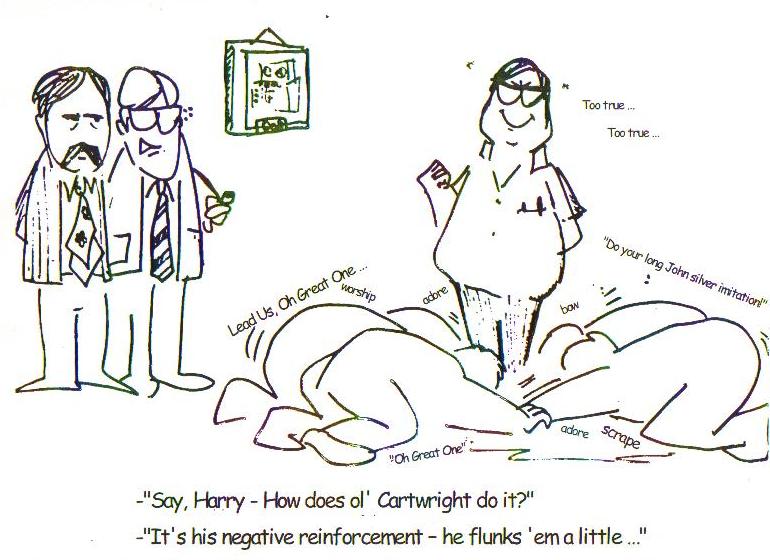 |
|
| Engage yourself!
Can you name a few situations that applies the use of negative reinforcement? Back to top
|
|
|
Schedules of reinforcement
|
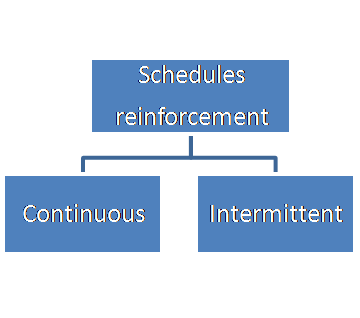 |
A schedule of reinforcement is the frequency with which reinforcement is presented.
.
The choosen schedule will affect the speed, continuity, and persistence of the behaviours intended to be modified. It involves "which response, how often and when” the reinforcement will be given .
The schedule of reinforcement aids us when we want to maintain a desirable behaviour from someone. |
|
There are basically two types of schedules for reinforement: Continuous and Intermittent |
|
Continuous Reinforcement
|
 |
In continuous reinforcement, every occurrence of a targeted behavior will be reinforced after it is display with “either positive or negative” reinforcement.
It is especially useful when teaching someone to adopt a new behaviour.
This is because, continuous reinforcement will help build up a strong connection “between the behavior and response.”
|
Example:
In order to train Justin for the upcoming marathon, his coach
- Continually gives him praise and support when he performes up to expectations
- Treats him to lunch if Justin finishes his intensive workout schedule for the day
- Continually provides encourgement
- Allows an off day from practice he performes better than expectations
|
|
| Have you ever...? ...Had someone encourage and praise you whenever you did well and it motivated you to study harder? Back to top
|
|
|
Intermittent Reinforcement
|
 |
In intermittent reinforcement, the change is that, reinforcement is only provided after some of the occurences of a targeted behaviour, while continuous reinforcement involves the condition "always".
Unlike continuous reinforcement, this type of reinforcement is especially useful in maintaining an already acquired behaviour.
There are also two types of intermittent reinforcement schedules: fixed or variable.
|
Example:
A teacher provides verbal rewards every now and then when student s display a desirable behaviour. Such as when students pay attention or are being non-disruptive in class, providing praises and rewards like: “Well done! Thank you for paying attention class, we have covered this topic very swifly”, “I appreciate all of you for keeping a very conducive environment for the class, no homework today!” or other verbal rewards like smiling frequently.
|
|
| Application.. If you were a parent and your child has decided to help you wash and hang the clothes that day, how would you encourage him/her to continue his/her behaviour? Back to top
|
|
|
Fixed and Variable scheduling
|
Fixed Schedule
A schedule that has predictive value. In which, the recepient is able to anticipate and predict when reinforcement will occur following the desirable behaviour. |
Variable Schedule
A schedule that is unpredictable. The recepient is unable to anticipate or predict when reinforcement with occur. |
Example:
“When we put coins in a vending machine to obtain a canned drink.” The example is fixed schedule because we know that we will receive the drink after putting coins in.
- Putting coins in the machine = Desired behaviour
- Receiving the drink = Reinforcement
|
Example:
"The manager of Company X announces that their next following week will be off days as they have performed beyond expectations in their latest projecy." The example is variable because it is not usual for such rewards, and the employee's do not expect it.The holiday or "off days" are an unpredictable reinforcement for their good work.
- Performing beyond expectations = Desired behaviour
- Having a called holiday or "off days" = Reinforcement
|
|
| Think about it..!
Can you name some events that have happened in your life that may be categorized to fixed and variable schedules?
Back to top
|
|
|
Ratio and Interval scheduling
|
|
Ratio
A reinforcement schedule in which reinforcement occurs after a certain amount or number of times a desired behaviour is performed. |
Interval
A reinforcement schedule which is based through the passing of time |
Example:
Fixed: (Predictive + amount )
- Based on the example above about the vending machine, we can understand how it belongs in the ratio category as well:
This is because we are required to put in a certain amount of coins before received the drink can
Variable: (Unpredictable + amount)
- A unit trust manager reinforcers randomly selects a quota of sales for his staff to fulfill in a selected month. If they meet this randomly selected quota, they are rewarded.
For example: RM15,000 in March and RM60,000 in June
|
Example:
Fixed: (Predictive + time)
- A child is given a reward everytime he sit quietly and reads his storybook.
To illustrate: After Andrew has read his storybook for 2 hours, his mother gives praises him or gives something something delicious to snack on.
Variable: (Unpredictable + time)
- Mr. Punn, a lecturer, provides periodic breaks during his long hours of lecture. Students in his class are unable to predict when he allows them to take a break.
|
|
| Engage yourself!
Using the formula provided, create some interval or ratio schedules that you can think of. Back to top
|
|
|
Shaping
|
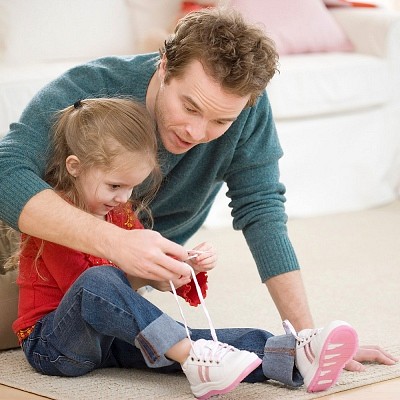 |
-
Shaping is a method that is used to help students learn and perform a difficult or complex task independently.
- This is done by the reinforcement through the successive approximations toward a targetted behaviour
In short, it means reinforcement is given through a progressive succession of target desired behaviour.
- This teaching toward the acquisition of the new skill or behavior toward the person is done by the methods of reinforcement and scheduling, and its combinations as discussed above to help achieve the desired behavior. In most cases, continuous reinforcement is the most effective method
|
|
Example :
When teaching children to tie up their shoelaces:
- A parent would show the technique of tying shoelaces and then reinforce the child after they have tried to tie the knot for the first time.
- Then move on to reinforce the child as they try to make the loops, and so on and so forth until the child finishes or learns how to tie up their shoelaces.
- Soon they will be able to tie their shoelaces independent of your help.
- Such reinforcement would usually involve, smiling, praising, nodding in approval and etc.
- The complex task is broken into stages, where reinforcement is used to gradually help the learner progress through the stages with motivation, encouragement, and determination.
|
|
Fading
|
 |
Fading is method of teaching where reinforcement toward a targetted desired behaviour is gradually lifted over time.
How does this work?
- It is through a movement from continuous to intermittent reinforcement, then gradually toward the lowest rate of reinforcement that could maintain the desired behaviour.
- Which also means, a movement from reinforcing the desireable behaviour everytime, to reinforcing every now and then and then lesser and lesser.
- As a final stage, any form of reinforcement is removed to check if a desired behaviour can occur independently. If so, the teacher has been successful in teaching a new skill to the person.
|
|
Example :
A mother would first teach her child to fold clothes, then move toward folding the clothes with the child, as this is done, the mother would provide verbal praise such as “good job! You did it well!” The mother would later move on then ask the child to try folding his/her clothes on her own, all this is done while maintaining verbal praises and helping the child as and when they need it. As the child improves in autonomy, the mother gradually lessens the amount of reinforcement given, until the child is able to fold his/her own clothes. Hopefully the child may even enjoy doing it and want to fold his/her clothes. Once here, the mother could start the process of fading again toward helping her fold the clothes for the family after washing and drying.
|
|
| Think about it!
Think of a skill that you possess. With this in mind, think of ways you can use shaping and fading to teach someone this new skill!
Back to top |
|
|
|
|
|